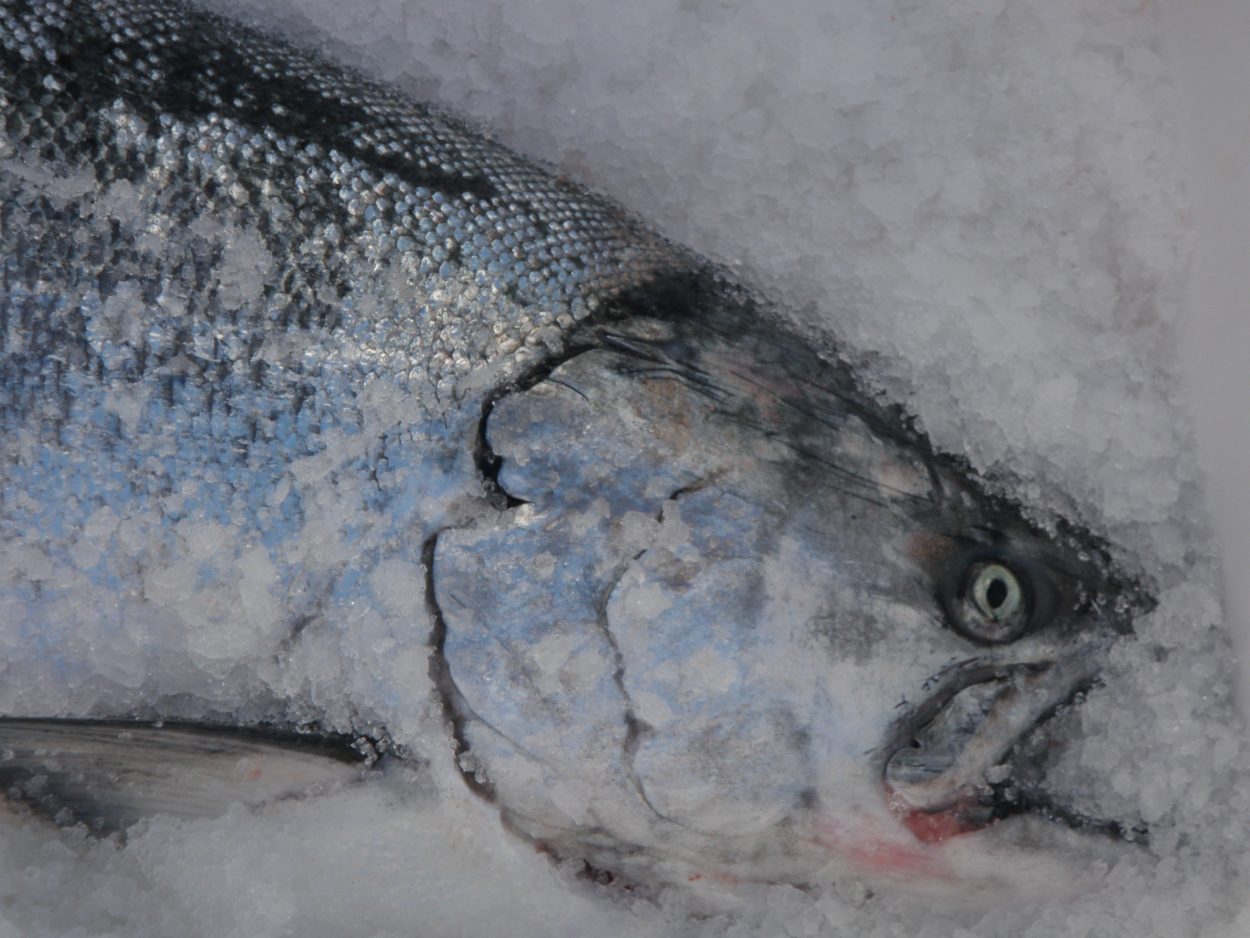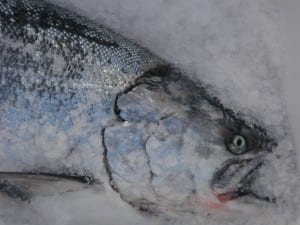Winter king salmon trolling was slow in Southeast Alaska for much of this past year, very slow, but the commercial catch brought sustained, record-high prices. According to the Alaska Department of Fish and Game, the fleet landed just under 26 thousand, four hundred kings during the winter season, which runs from mid-October through April. The state manages the winter fishery with a 45,000 king cap.
This winter’s total harvest was 55 percent of last year and seventy percent of the five-year average, according to Troll Management Biologist Pattie Skannes:
“Catch rates this year averaged about eight kings per landing and that’s down from the five-year (average) of 10, almost 11 per landing and the 10-year (average) is about 12. So, catch rates do seem to be down. There’s, no doubt, a number of factors that contribute to that. I’ve heard that the water was unusually cold and the fish seem distributed a little differently this year than we normally see. There were actually very low catches in areas where its normally the best and there were some fairly good catches in areas where we don’t often see much action in the winter from”
Skannes says that included Sumner Strait in southern Southeast.
“I looked at the catch distribution since January 1st for this year and what I saw was the most was taken near Sitka, which is normal. However, it was only 44 percent and that was followed by Sumner Strait and that is rather unusual. We don’t usually see a very big portion of the winter catch coming from Sumner Strait. The third highest was Yakutat Bay and the fourth was lower Chatham Strait.”
Skannes says this winter’s dockside prices were higher than ever on a region-wide level. Kings averaged ten dollars a pound throughout Southeast for four straight weeks.
“We’ve never seen that. There have been a couple of years where the price may have reached ten dollars a pound for a few of the processors yet the region average was below ten. So, this was certainly very high. It was over ten dollars a pound between roughly February 17th and march 16th.”
The market held exceptionally high prices through the end of the winter season and into the spring. 441 Trollers made landings this winter which is about on par for the past decade. The kings had an average weight of about 12.5 pounds which is a bit bigger than last year. An estimated 13 percent of the winter kings were Alaska hatchery fish which compares with 11 percent over the past ten years.
Since the winter season closed, Southeast Trollers have been targeting hatchery fish in the spring openings which are much more limited in time and area.











